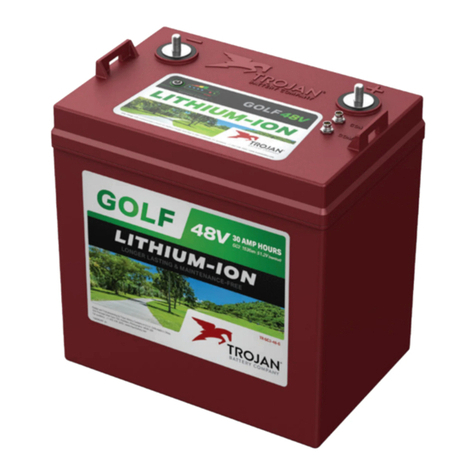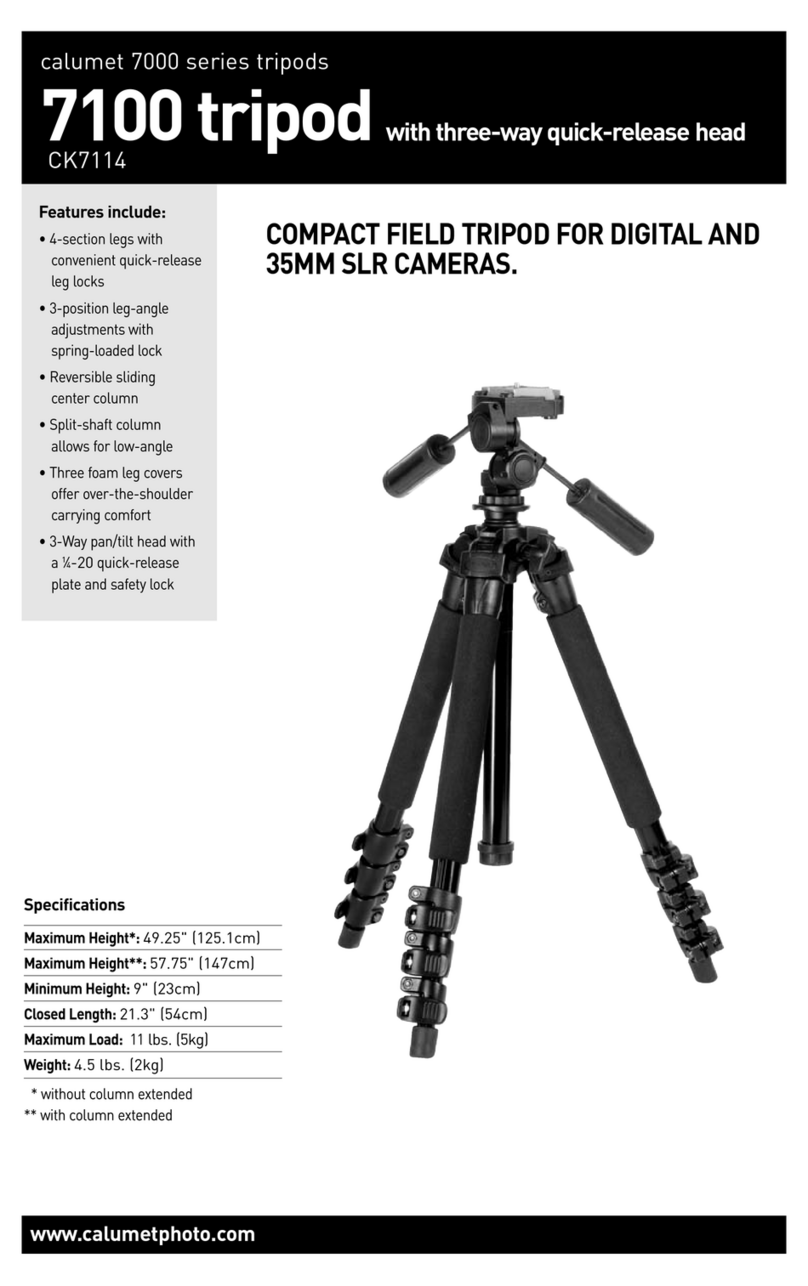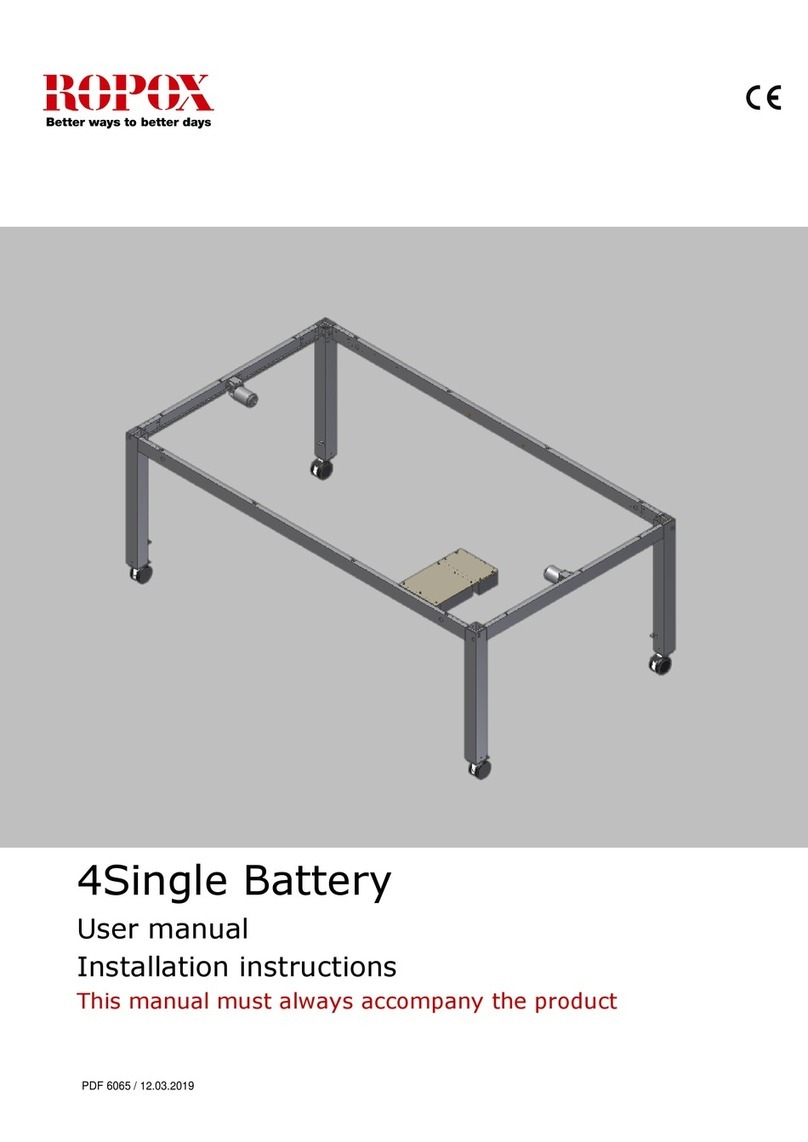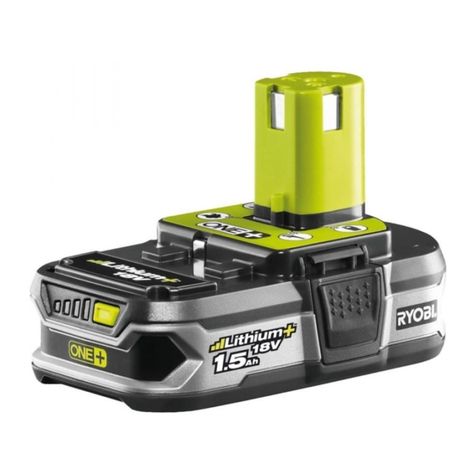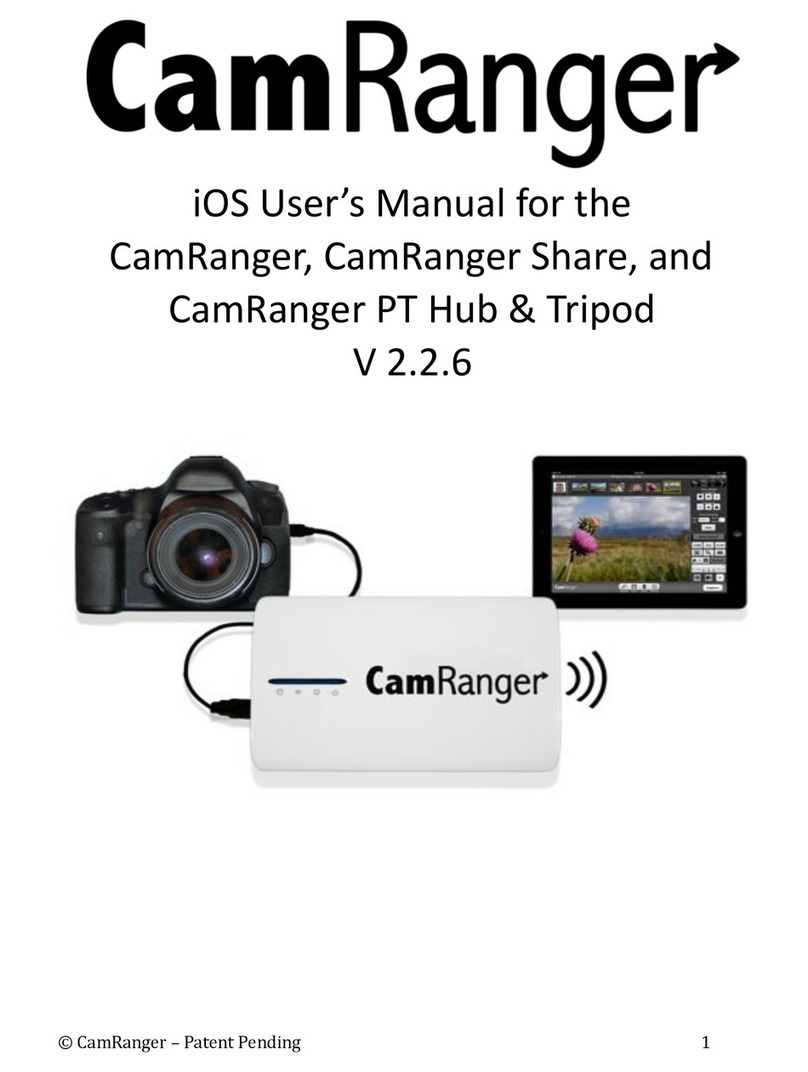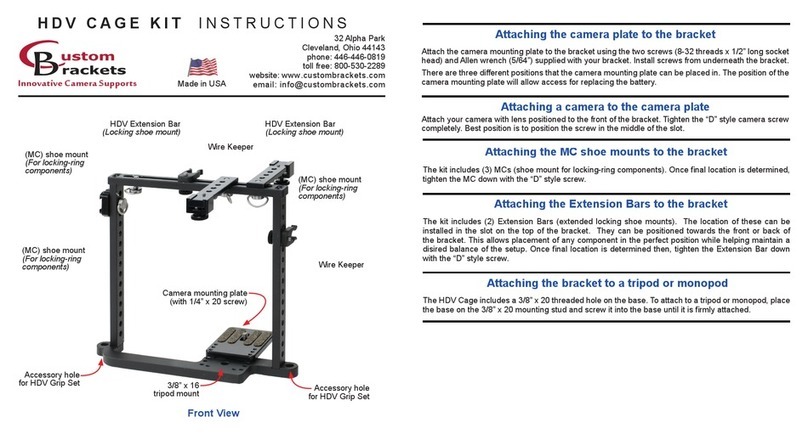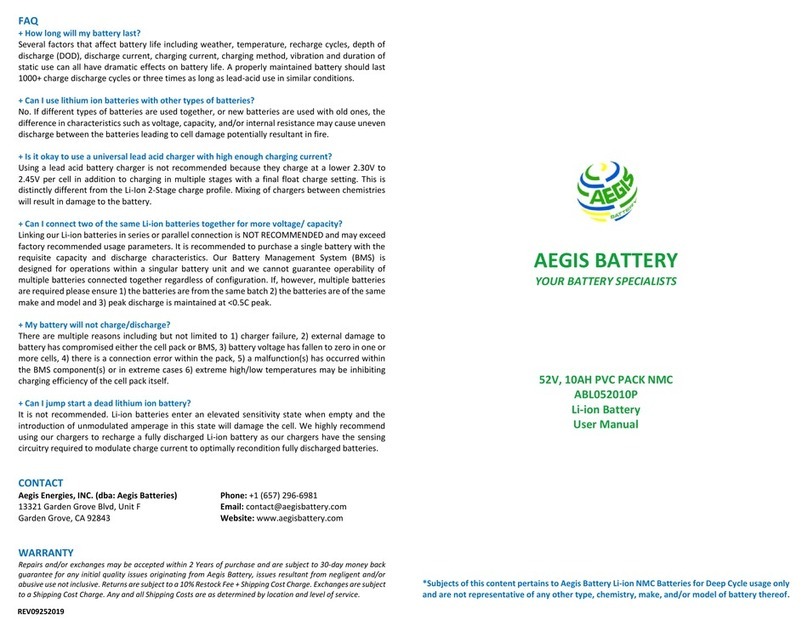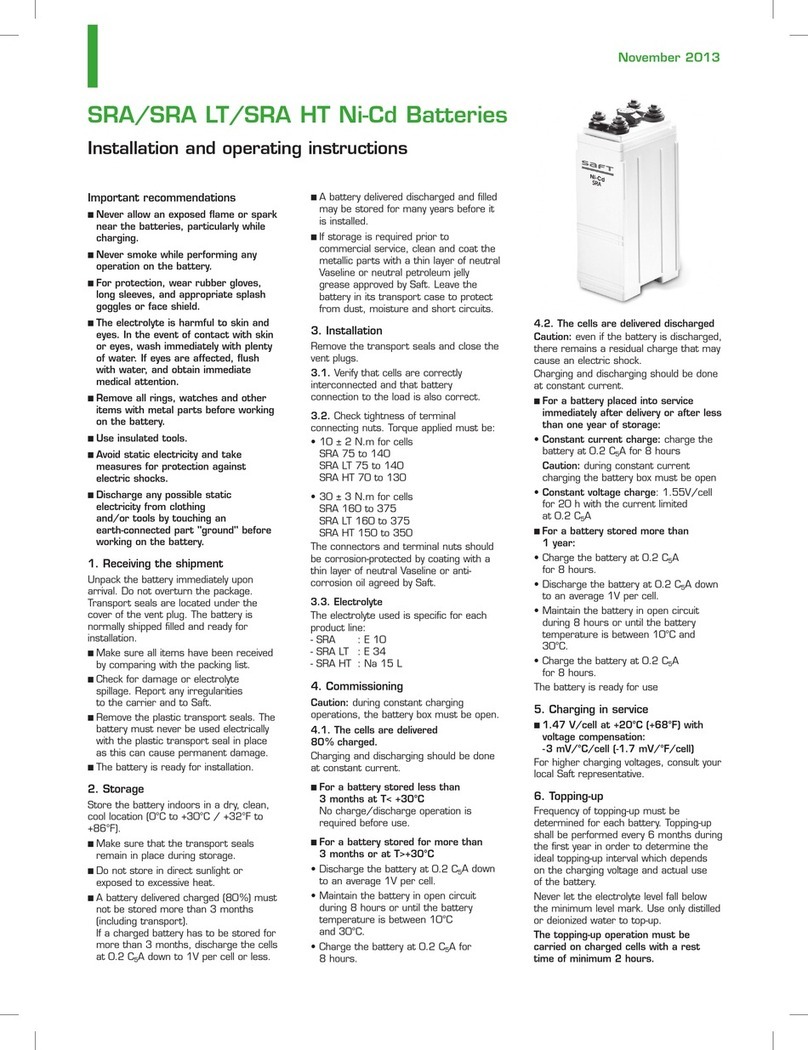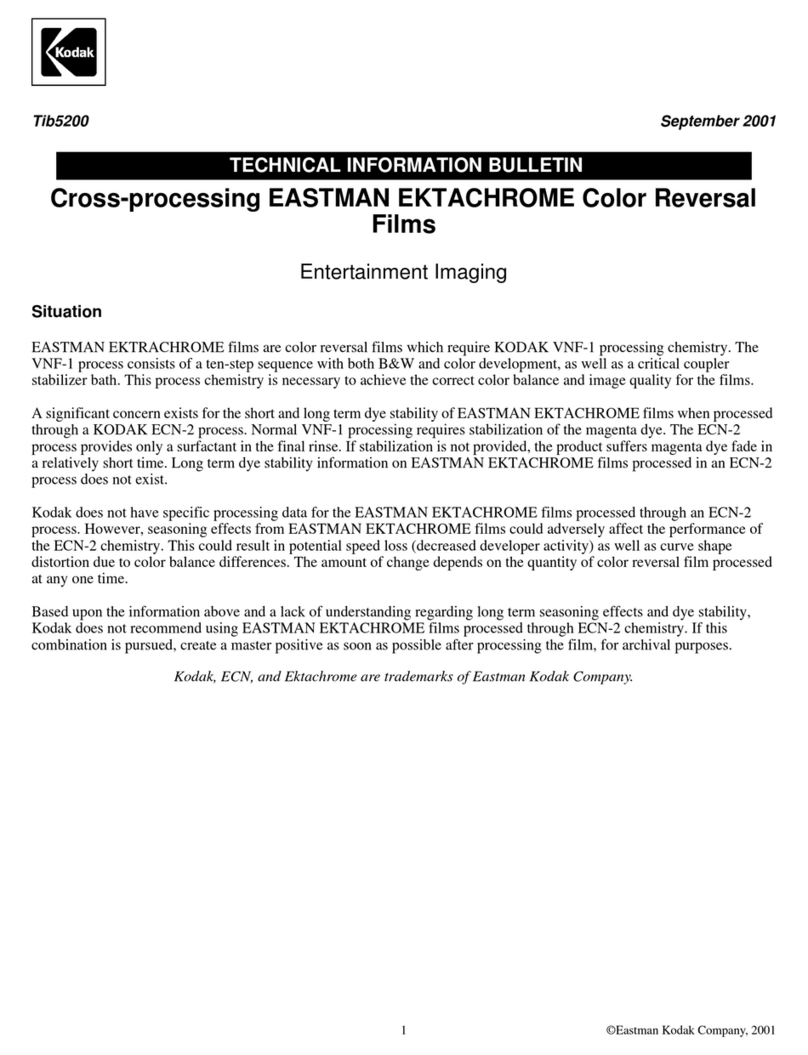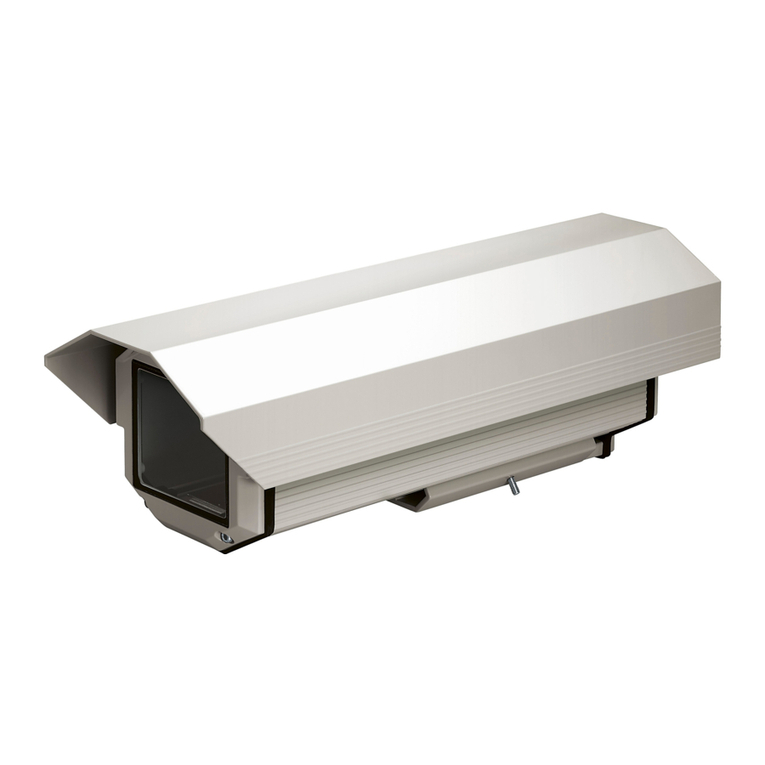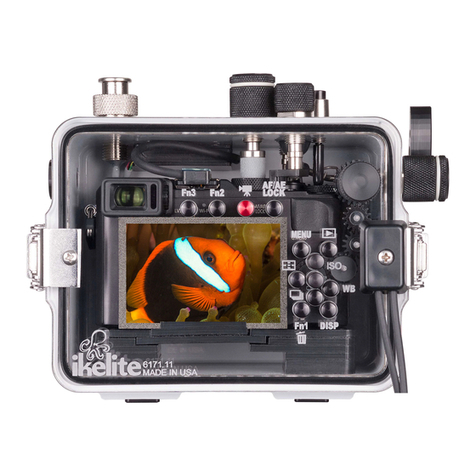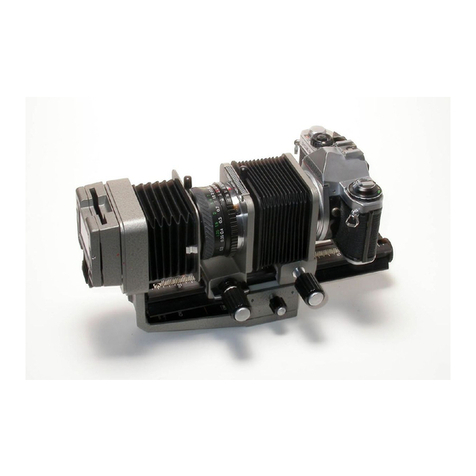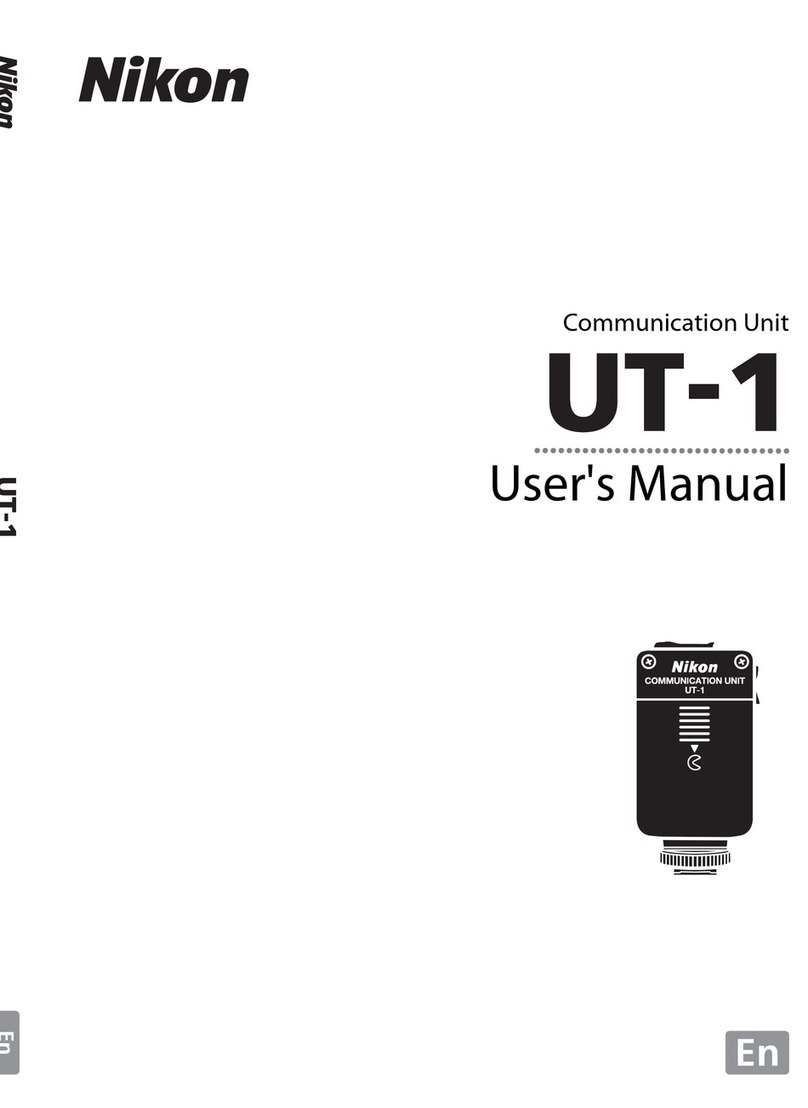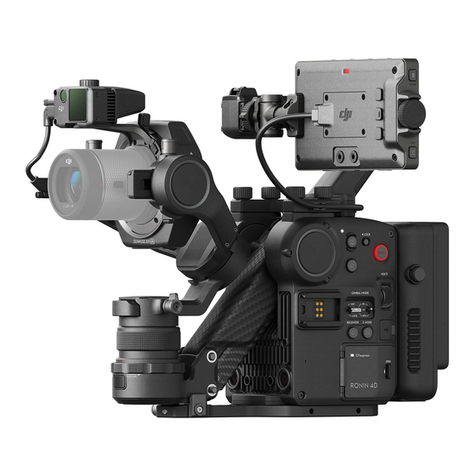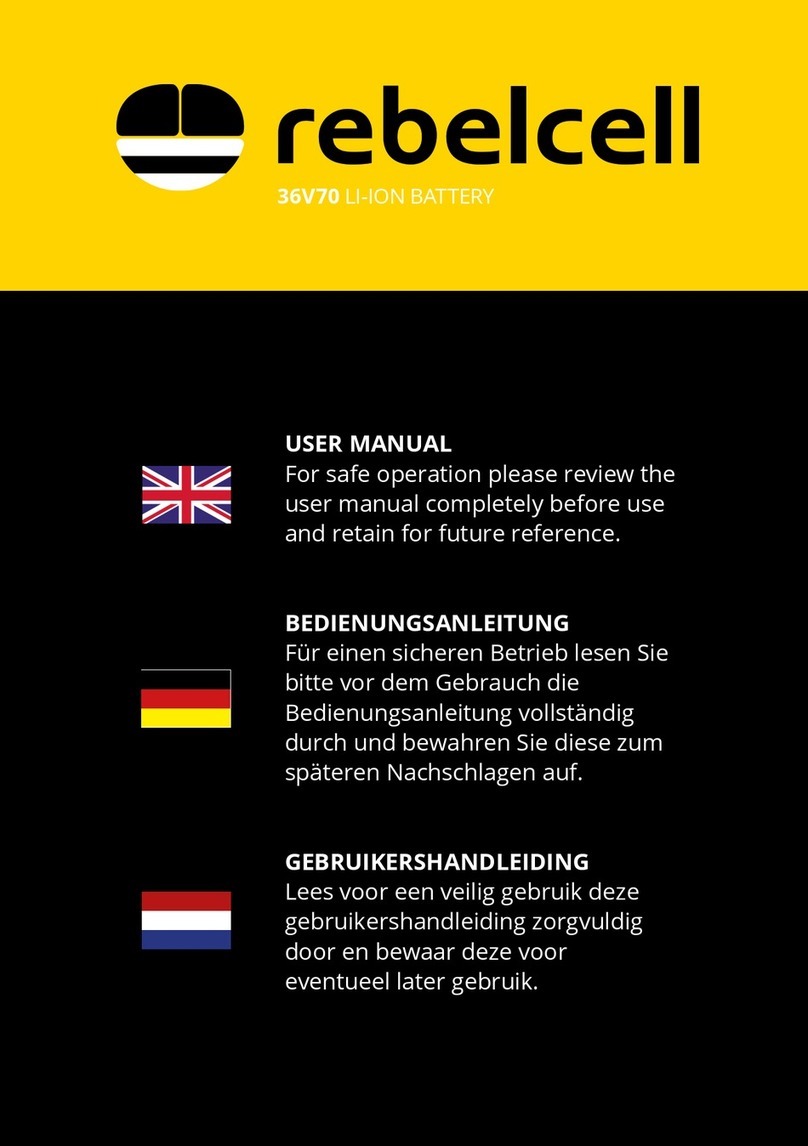
5
4 Installation of batteries
4 1 Unpack and check
Delivery: Prevent any force on the terminal; do not tamper with
any seals.
Do not place upside down, Do not throw or cause any
impact to the battery;
Do not cause any metallic short circuit.
Inspection: packaging / appearance of battery for signs of damage;
Check parts list: battery quantity; accessories;
Reference: catalogue; installation drawing; other notices.
4 2 Notices before Installation
If no abnormity after check, install the batteries in the designated position;
If installing the batteries in the battery chamber, place them starting at the
bottom of chamber;
Avoid installing the batteries near any heat supply such as transformers or
heat exhaust of other equipment;
A battery may cause flammable gas during storage, avoid enclosing with any
apparatus which produce flames / sparks;
Before connecting, clean the terminals to bright metal;
Ensure that no conductive material can connect between positive and
negative terminals;
Before installation all tools are insulated.
4 3 Installation and connection
Use insulated tools only;
Connect batteries, then connect battery group with charger or load;
When multi-group batteries are parallel connected, connect in series first
and then parallel connection;
To ensure good ventilation, the batteries per row should keep around 10 -
20mm inter-bloc spacing;
Before connection, clean the battery terminals to bright metal;
Before and after connection, apply antirust compound such as petroleum gel
on the surface of battery terminal;
After batteries are installed, test the voltage of the battery group, if correct
link battery to load.
